Wondering how to integrate the approval process into your file management system? How not to lose track of who sent a document, what requests you’ve reviewed and approved, and what requests still pend your review? Well, you will have the answers in this article. Today we will discuss how to integrate approvals into your file management system with Microsoft Teams. Moreover, you will learn how to build the flows that allow you to automatically approve files with Power Automate and Approvals App connector.
Why do you need to set up approvals?
The system of approvals simplifies our work, especially now that the remote way of working has become a part of our reality. Indeed, it’s extremely important to send and receive approval requests quickly and effectively. No matter if you need to approve a project budget plan, new article for your company’s blog, or agreement with an external party – approvals must support an asynchronous work mode. And this is where Power Automate can help you.
By building simple flows in Power Automate you can perform any use case and integrate this into your existing business processes. By connecting the Approvals app with SharePoint, Forms, and Microsoft Teams, you will be able to automatically approve files, send requests right from your everyday apps or Teams messages, set up parallel approvals, and much more.
Moreover, you can easily scale your flows across the business processes in your entire organization. Build flows using the Approval apps connector just once, and automation will help you each time a particular action is taken by you or any person in your Office 365 environment.
Approvals app in Microsoft Teams – how does it work?
Before we start building the flows in Power Automate, let’s delve into the Approvals app itself.
First, you can access the Approvals app right from the app bar in your Microsoft Teams environment. You will quickly find all received and sent requests in a user-friendly interface.
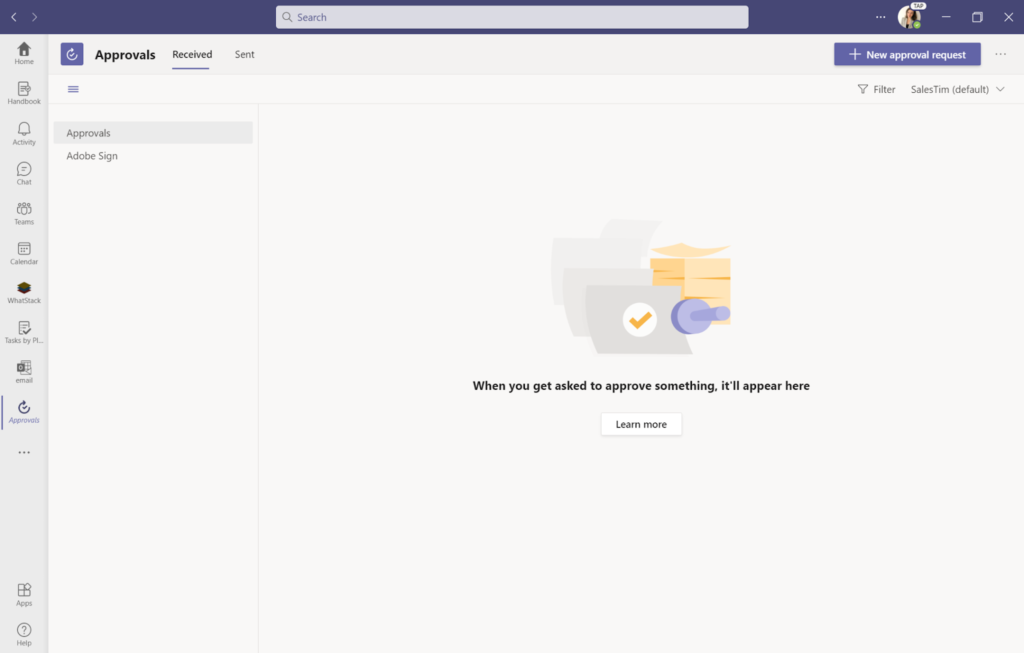
There are two ways of sending a request. First, you can click on +New approval request and fill in the form by adding all required information including:
- Request type
- Name of the request
- Approvers’ names
- Additional details if needed.

One more option is to start an approval right from Teams conversation. But remember, you can send the request to only people who are in that chat.

Read more about the Approvals app
So, the capabilities and features of the Approvals app are simple and straightforward. And now let’s see how you can streamline and automate your approval process and approve files with Power Automate and Approvals app for Microsoft Teams.
White Paper: Project Management with Microsoft Teams
Learn how to use Microsoft Teams for effective project management

Approve files with Power Automate
And now let’s go through some use cases you may face during your file management process. You will see how to easily build Power Automate flows to approve files and improve the entire process at scale.
Automatically send approval requests for each new file
So, with Approvals apps, you can request approval for any file, SharePoint item, proposal, or even HR purpose, such as days off and vacations. But is it possible to simplify the process of sending a request? Well, with Power Automate you can automate the approval process.
Let’s say, you are a project manager. And you would like to approve each project file your team shares during their daily work activities. Suppose you manage files in your project management team in Microsoft Teams.
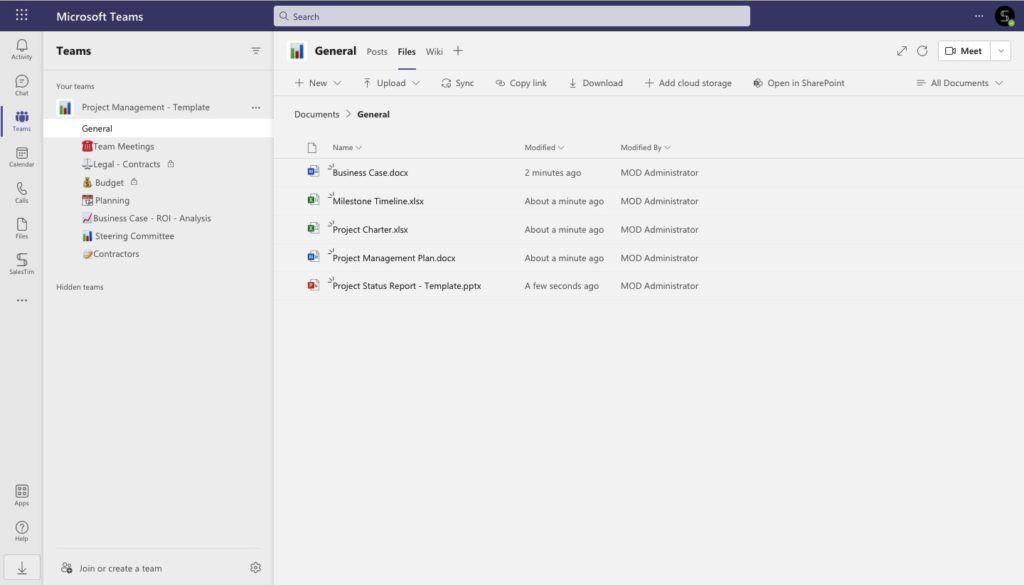
And now it’s time to create an automation. Start a new Power Automate flow and choose the SharePoint action “When a new file is created”. Here you need to define your Site address (the required team name) and the SharePoint library if needed.
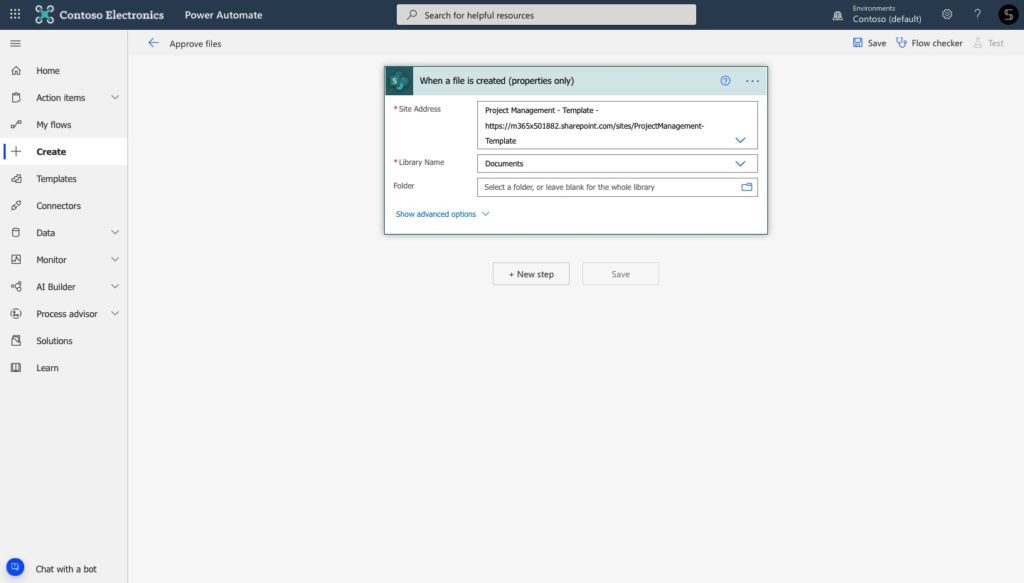
Next, choose the action “Start and wait for an approval”. Here you can define the type of approval (i.e., everyone must approve, first to respond, etc.). Moreover, add the details using the dynamic content from the SharePoint. For instance, add information about the requester and attach a link to the file.
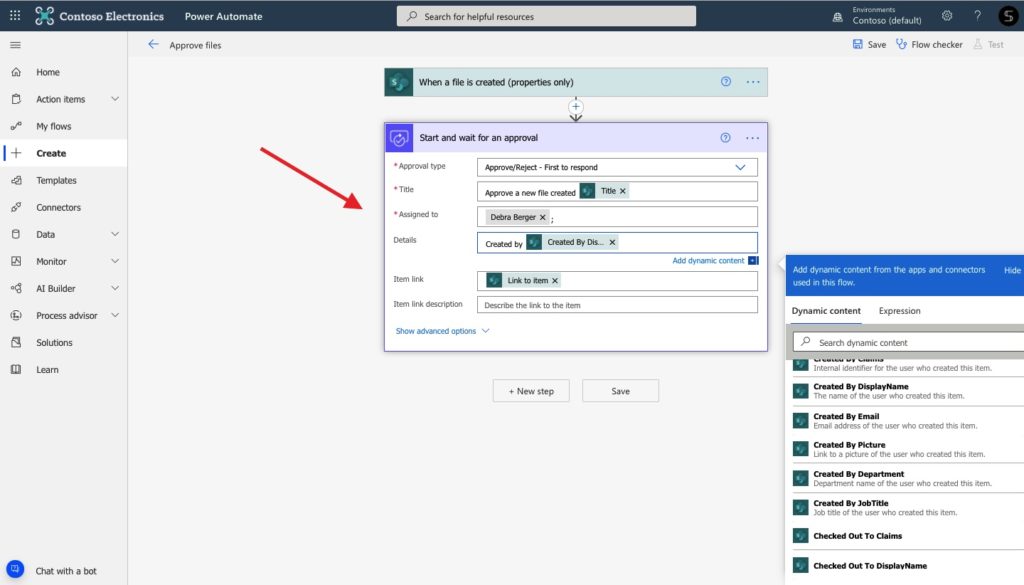
In fact, you can already start the flow. But you can also add additional conditions to notify the requester about the approved or rejected result. To do this, add “Yes/No” condition and add the value “Response is equal to Approve”.
Then, if yes, you will send an automated email to the requester saying their file was approved. And if not, you can send an email with points for improvements from the approver.
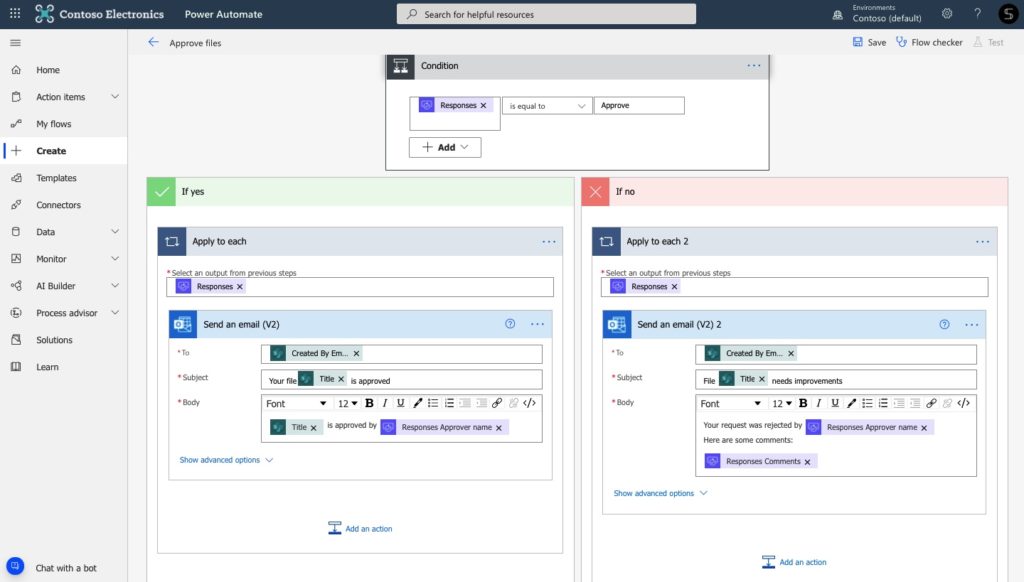
And it’s done! Now each time a new file is created in your project management team, managers will receive an automated request to approve or reject it. Moreover, requesters will get an additional email notification with response details.
Manage parallel approval of files
In the same way, you’re able to set up a parallel approval. You may want to consider it when there is a multiple-stage approval process in your business flow. For example, when a project budget plan is approved by the project manager first, and then by the stakeholders.
To manage the parallel approval, you can modify the previous flow to set up the parallel approval for each file created in your team. Or you can choose another action, for example, “When a file is created in a folder”. In this case, we would like to set up a multiple-stage approval each time a new file is created in the “Project Planning” folder.
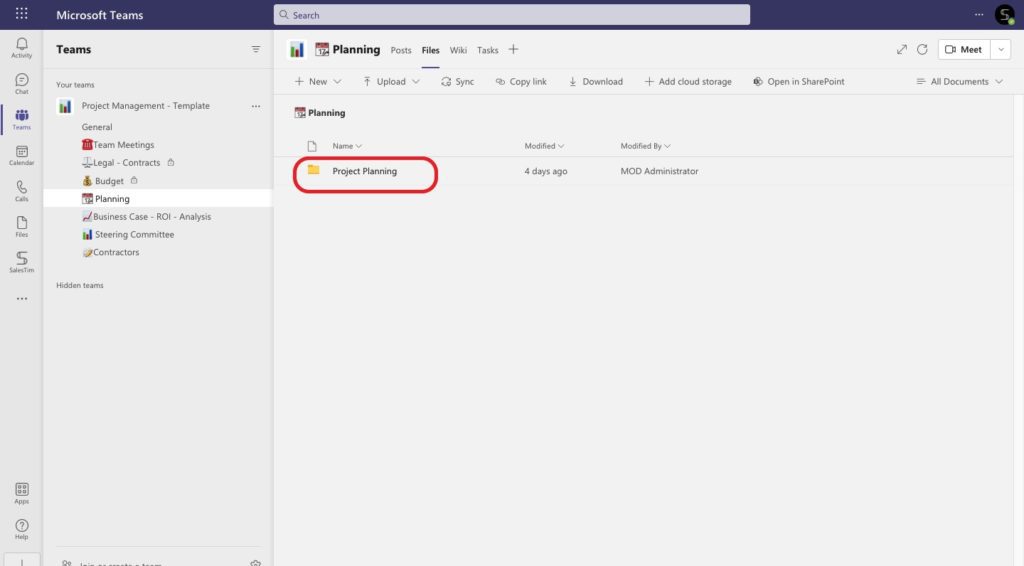
Next, we will need to choose the SharePoint action “When a file is created in a folder” and define your Site and the required folder name.
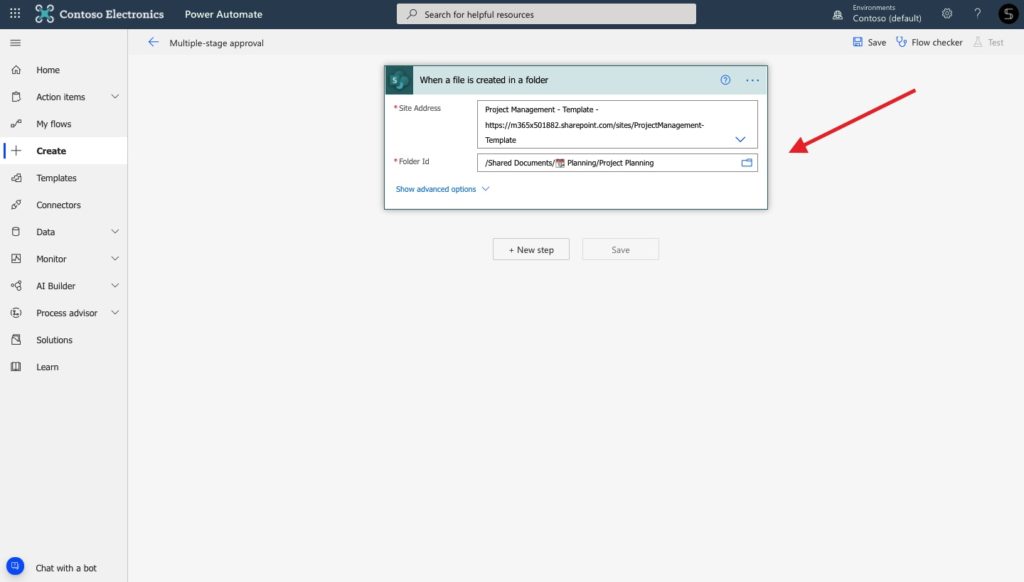
Then, start a new approval as we did earlier and manage approval settings here: define the type of approval, approver name, and customize a message.
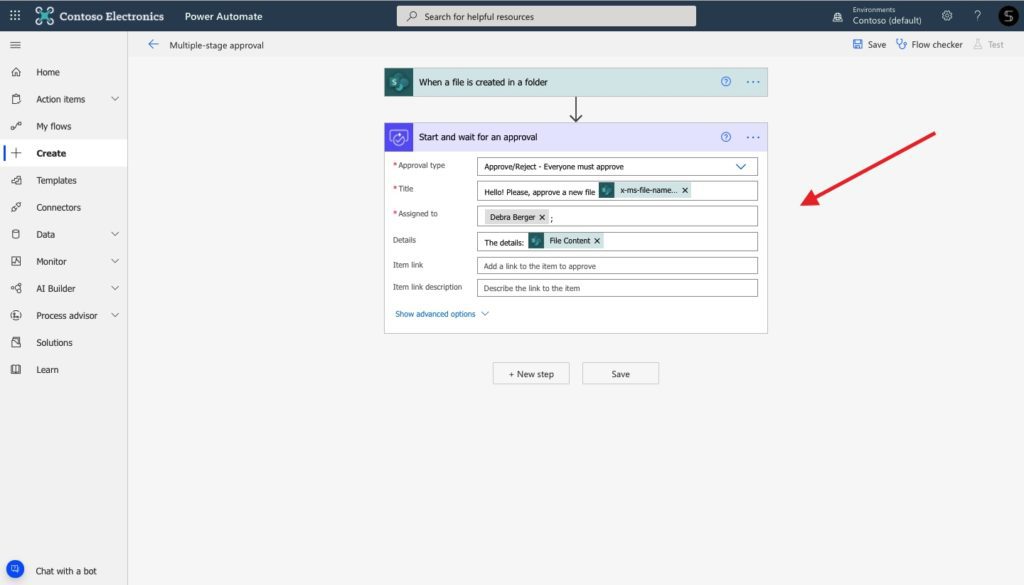
To set up the multiple-stage approval, you will need to start the “Yes/No” conditions. Then, set up the rule: “Response is equal to Approve”
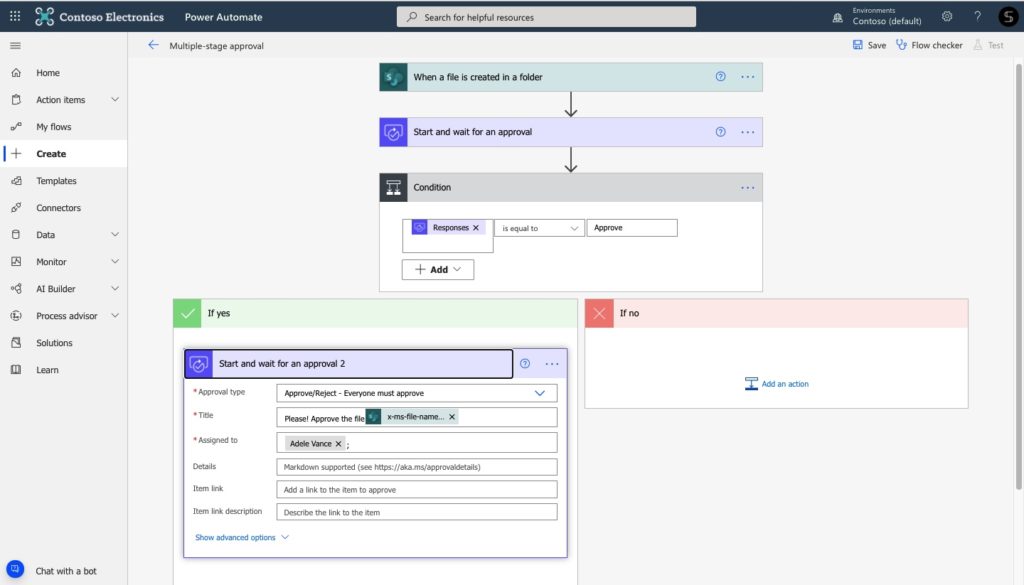
Finally, add the second action from the Approval App for Microsoft Teams and add the second group of approvers.
With this simple flow, you will be able to set up the multiple-stage approval process. This means the request will be sent to the second group of approvers only if the document has been approved by the previous approvers.
Approve Forms responses and update your SharePoint lists automatically
Let’s have a look at another scenario. Let’s say, you are a project manager, and you will need to review a project status report and send it to the stakeholders. To streamline the process of reporting and avoid a mess in documentation and report files, you can set up a flow and integrate Forms with Excel. Let’s see how it works.
Suppose you have a Form in your project team that your colleagues must submit weekly. There they need to add all information about the project status and risks.
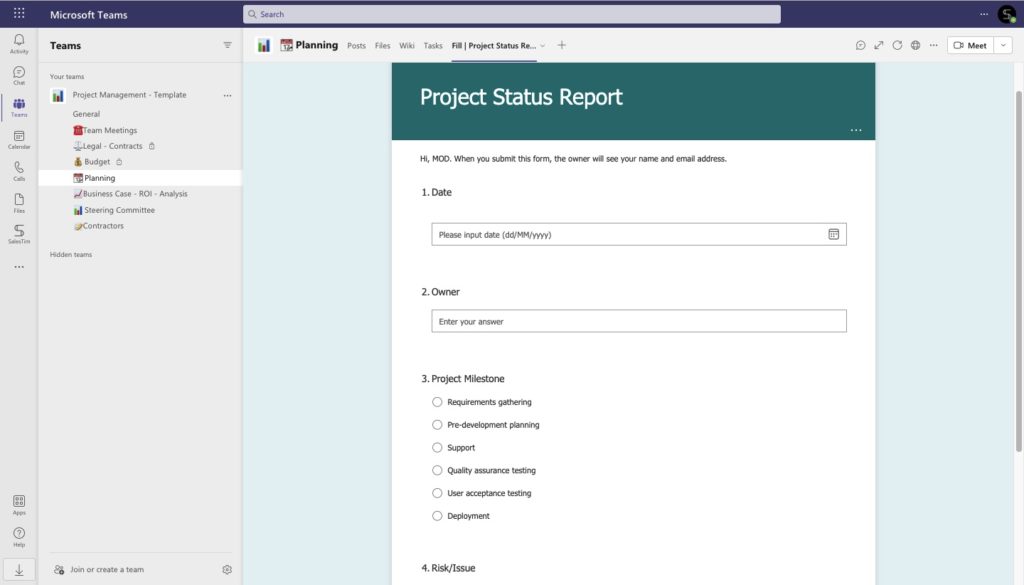
After submitting the form, you would like to get a notification to approve or reject a new submission. At the same time, you would need to add this approved data to the Excel file with project status updates and share it with external stakeholders. Let’s see how automation can simplify this process.
To begin, create a new flow in Power Automate and choose the trigger “When a new response is submitted”. This trigger will run the flow each time your teammates submit the Project Status Report Form.
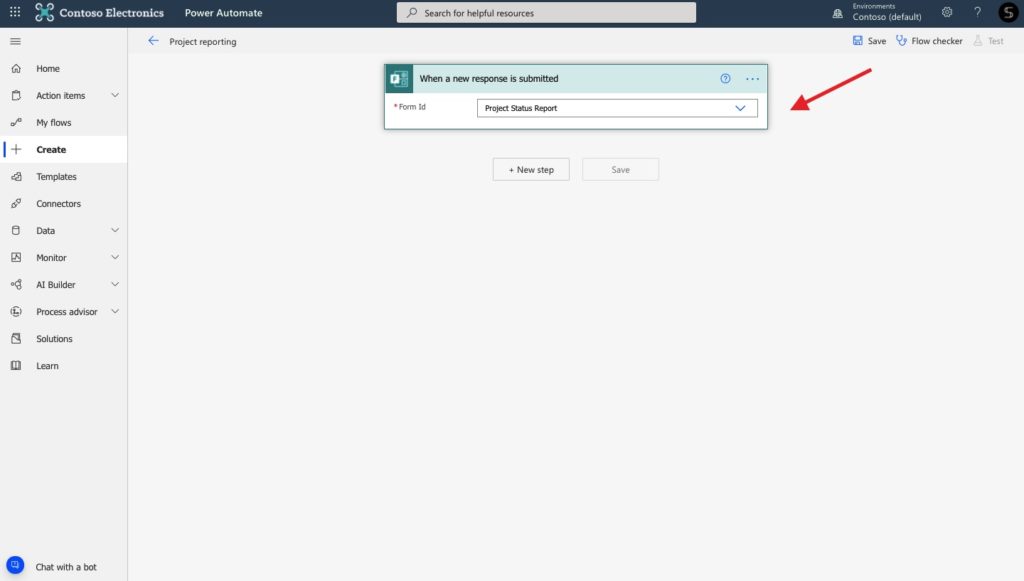
Then add the action “Get response details” to be able to use dynamic content from the Forms submissions and start a new approval.
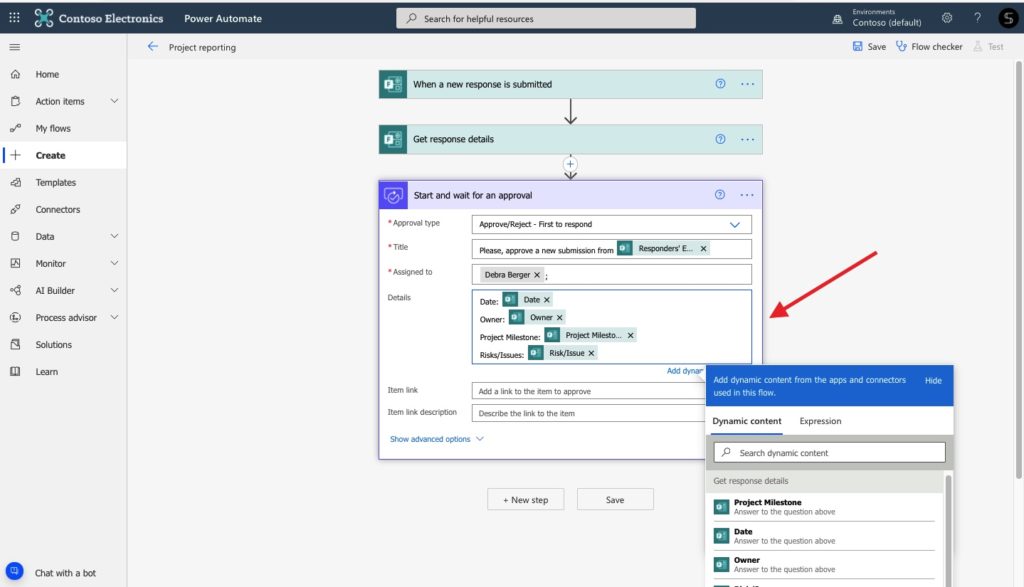
Next, start “Yes/No Condition” and add the rule “Response is equal to Approve”. Then, if this submission was approved by the project manager, we will need to update the Excel file for the stakeholders. To do this, add the Excel action “Add a row into a table”. Here you need to define the required Excel file. In addition, add dynamic content from Forms to the Excel columns.
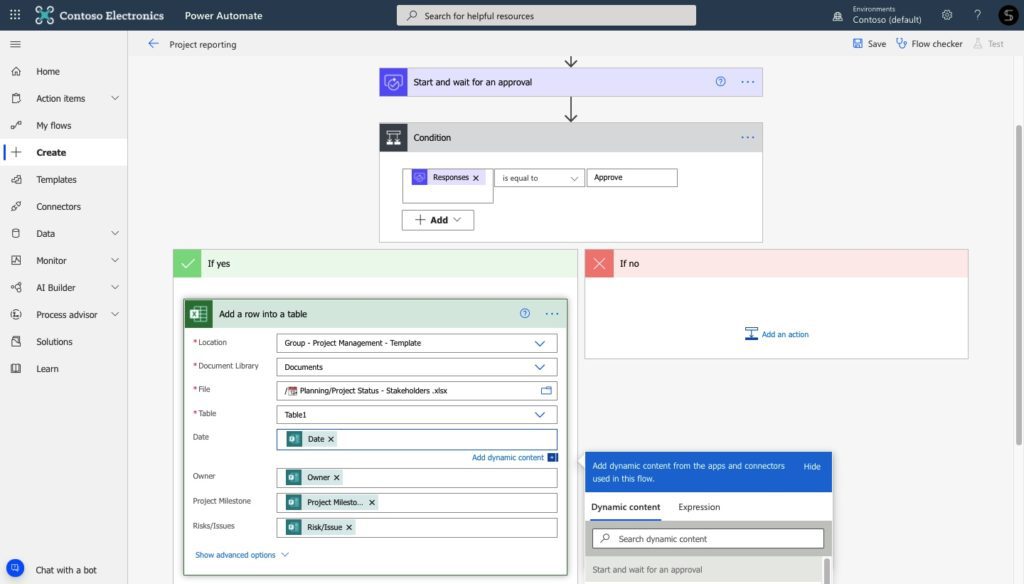
If the submission was rejected by the project manager, you can post a Teams message for your teammates.
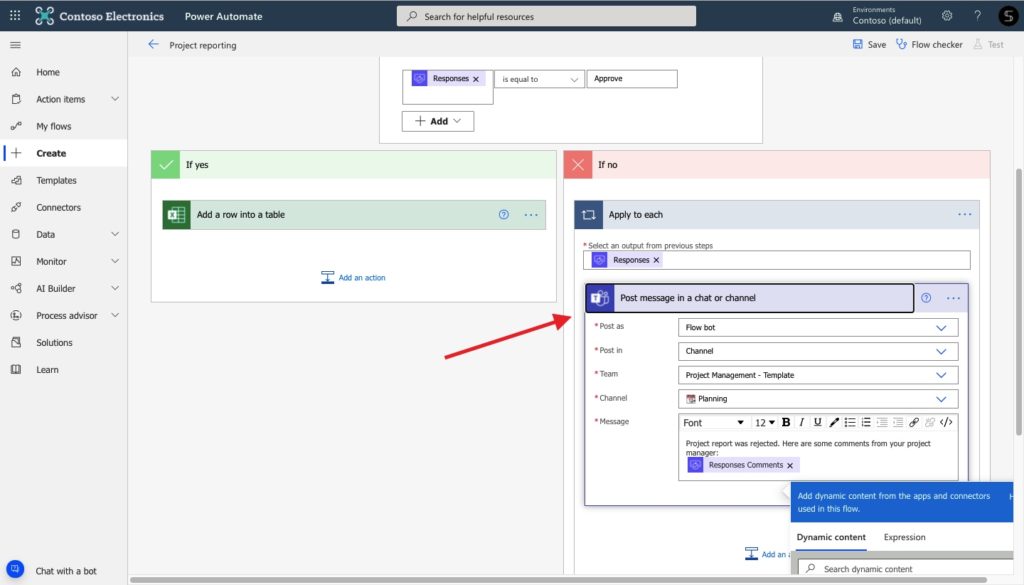
With this Power Automate flow, you’re able to simplify your project reporting process and avoid mess in your project files.
Request approval for a selected file with Power Automate
Finally, let’s build a flow that allows you to automatically send a request to your manager.
Start a new manually triggered flow and choose a trigger “For a selected file”. This action allows you to run this Power Automate flow right from your SharePoint site each time you need new approval.
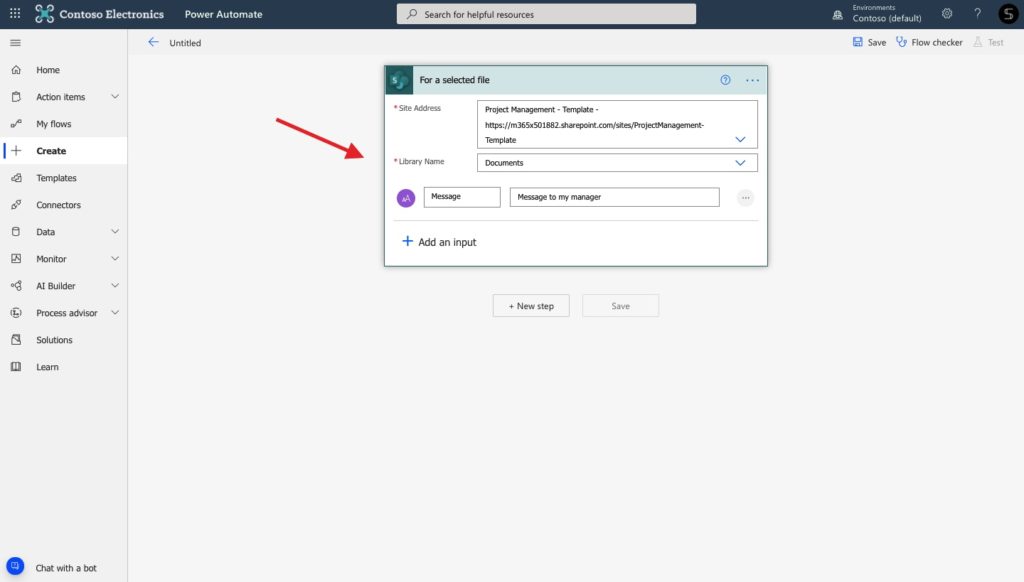
Then, add the action “Get file properties” to use the SharePoint dynamic content later.
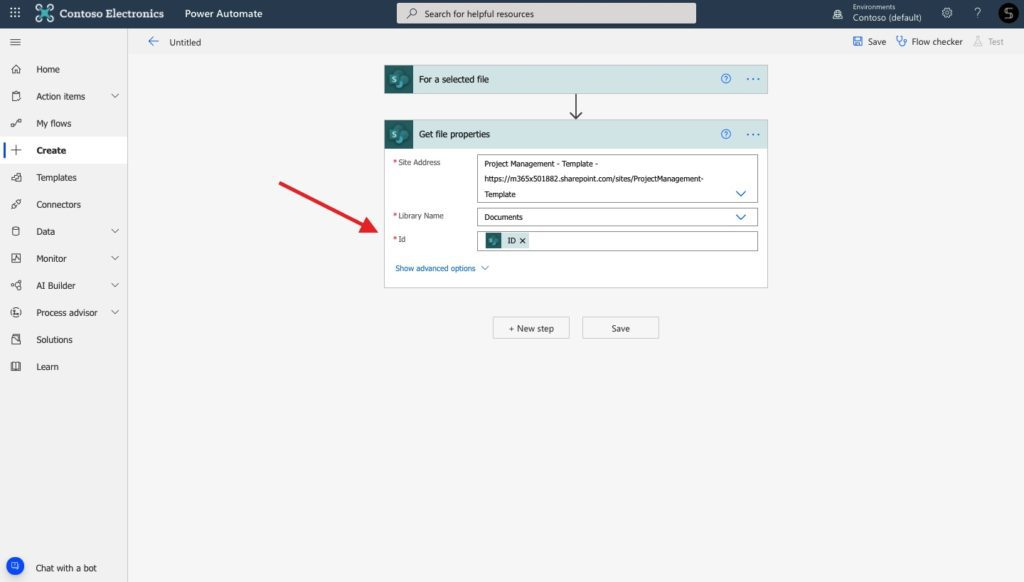
Next, you will need to add two actions from the Office 365 connector “Get my profile” and “Get manager”. These actions will automatically identify the user’s manager.
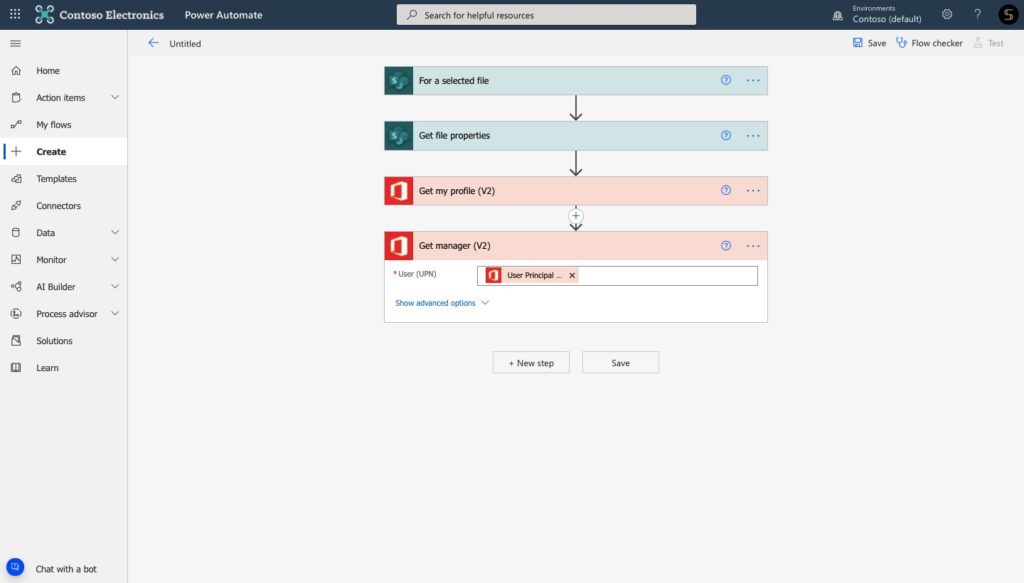
Finally, start and wait for a new approval. Add the manager’s email to the “Assigned to” field. Moreover, you can add the file content to the approval request’s details.
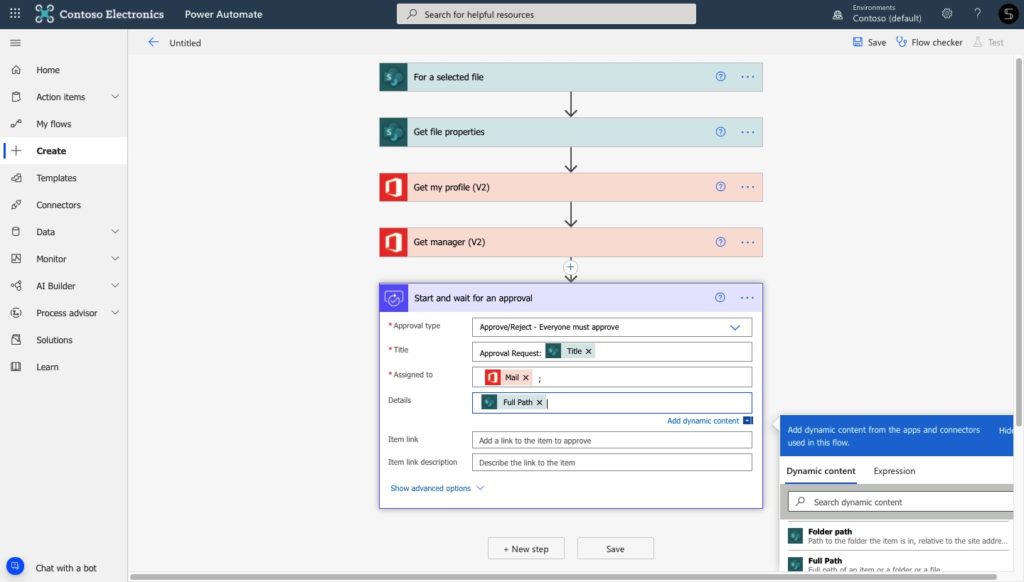
And it’s done! With this simple flow, you will be able to automatically send an approval request to your manager right from the SharePoint Site.
Scale your Power Automate flows across the teams
Finally, we would like to go through one more use case. All the flows we’ve built before allow you to automate and streamline processes. At the same time, each time you need to define the team in your Microsoft Teams environment where this flow will work. This means, if you would like to scale this automation across the entire organization, you will need to create these flows for each of your team. And what if you’re running multiple projects? Indeed, building flows for each of your teams may take a lot of time.
And this is where a custom connector from nBold can help you. nBiold is the Collaboration Management technology that allows you to improve your collaboration at scale. With Collaboration Templates, Governance policies, and 3rd party apps integration you’re able to perform any use case related to your business and IT needs.
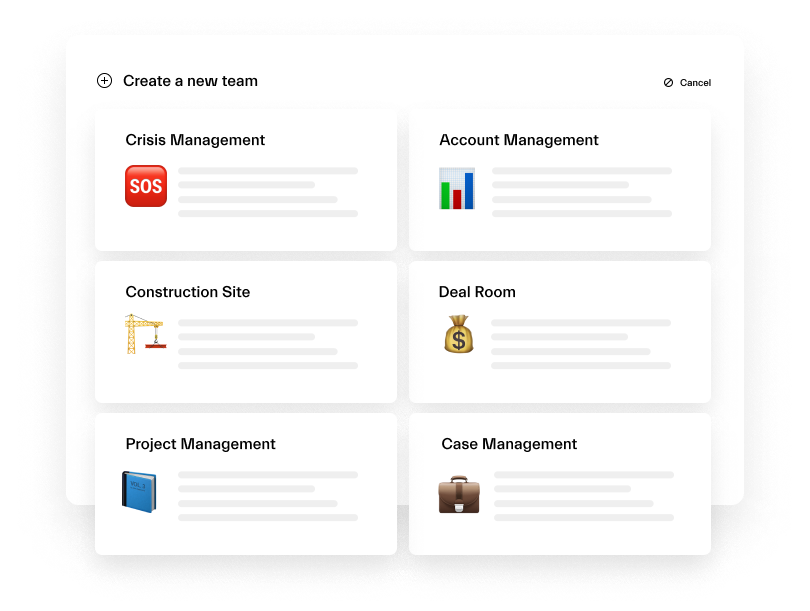
Moreover, you can use the nBold connector in Power Automate to create teams from templates, get teams created with the right naming convention, delete, or archive unused teams, and much more.
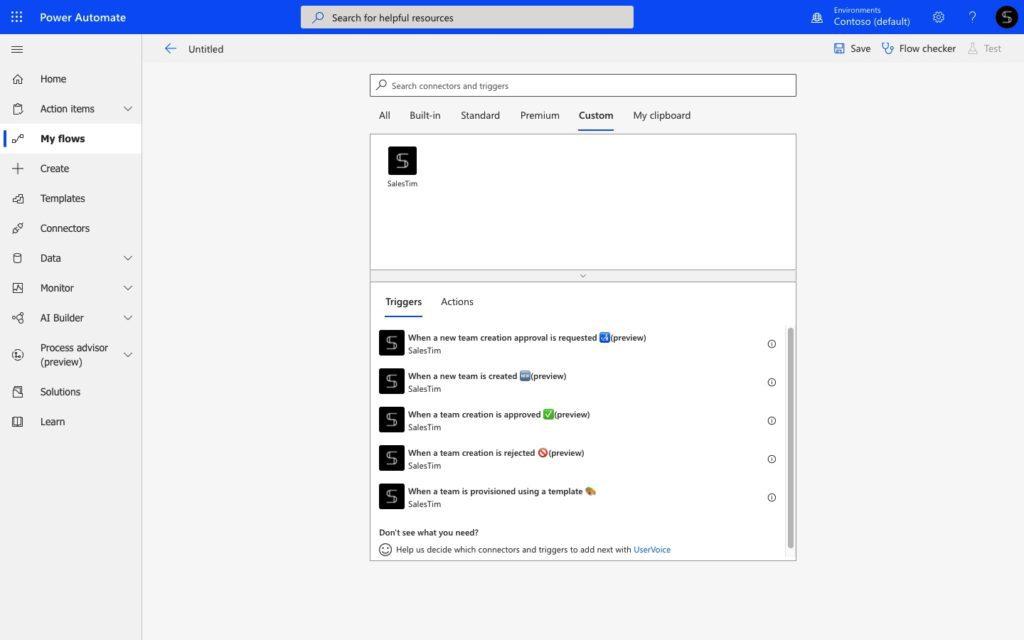
And this is where you can scale your Power Automate flows. With the trigger “When a new team is provisioned” you’re able to run your flows each time a new team is created from the template. This means the same automation will work for multiple teams created from your own Template Catalog.
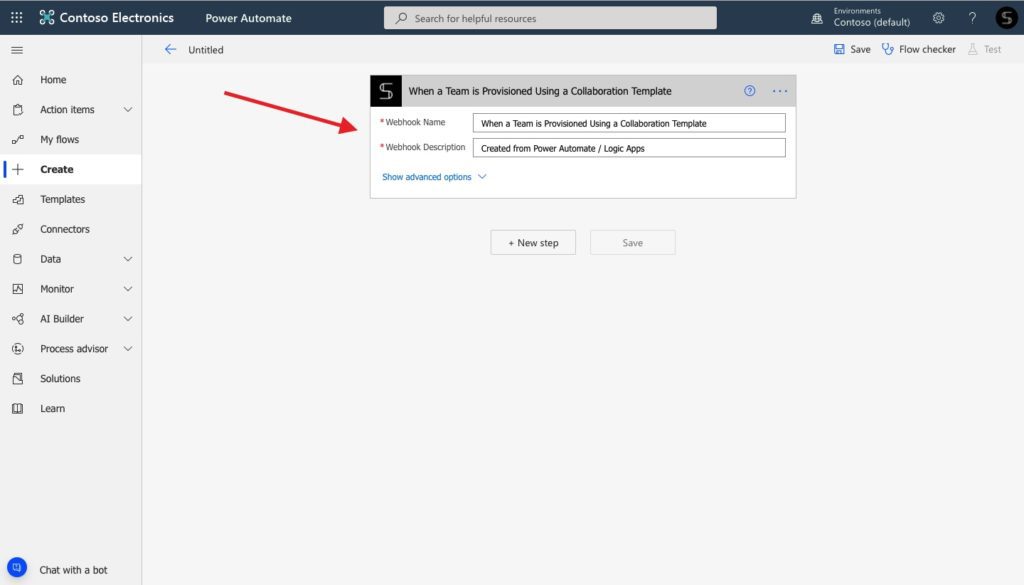
Sounds great? Then book some time with us and learn how this technology can improve your collaboration.

